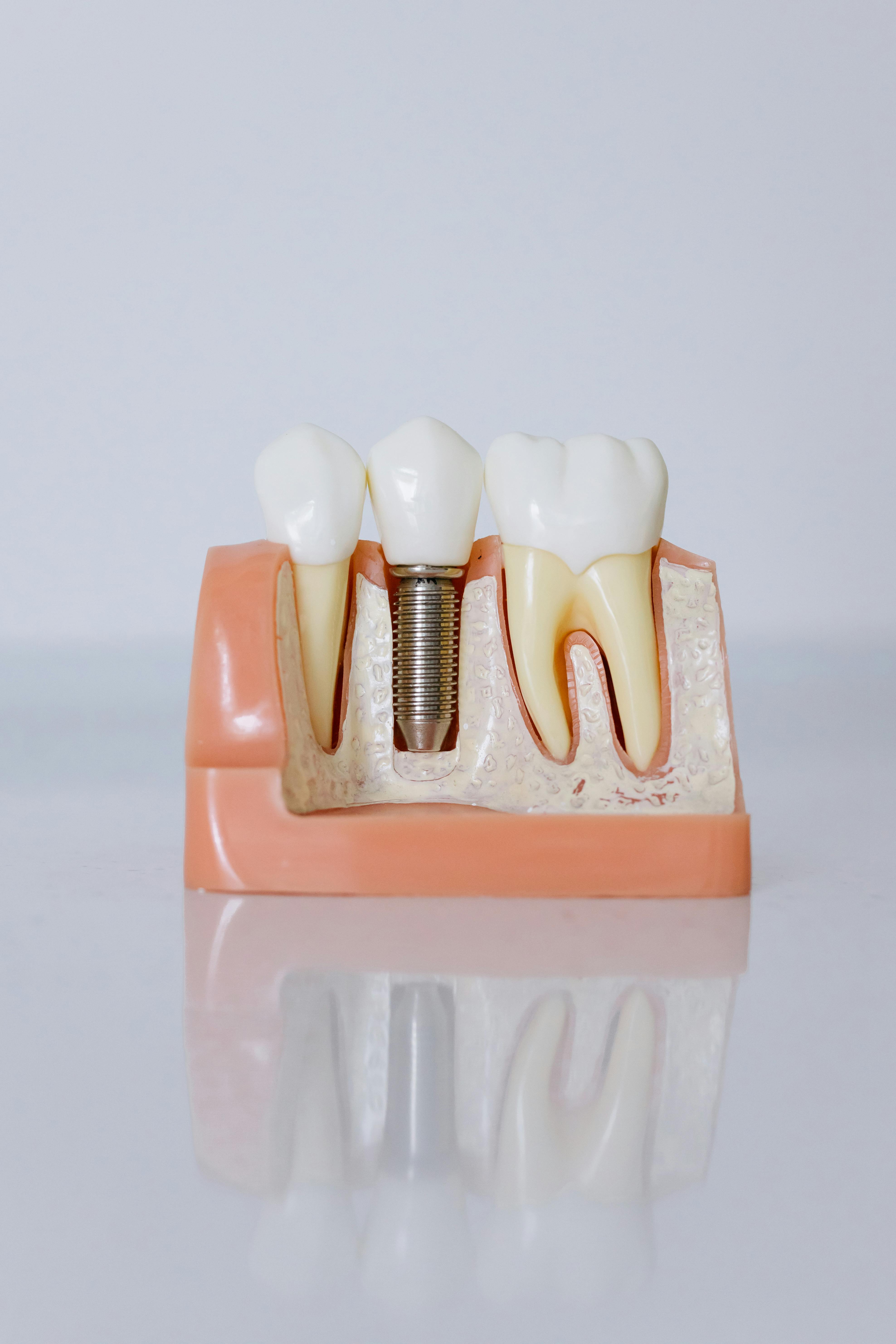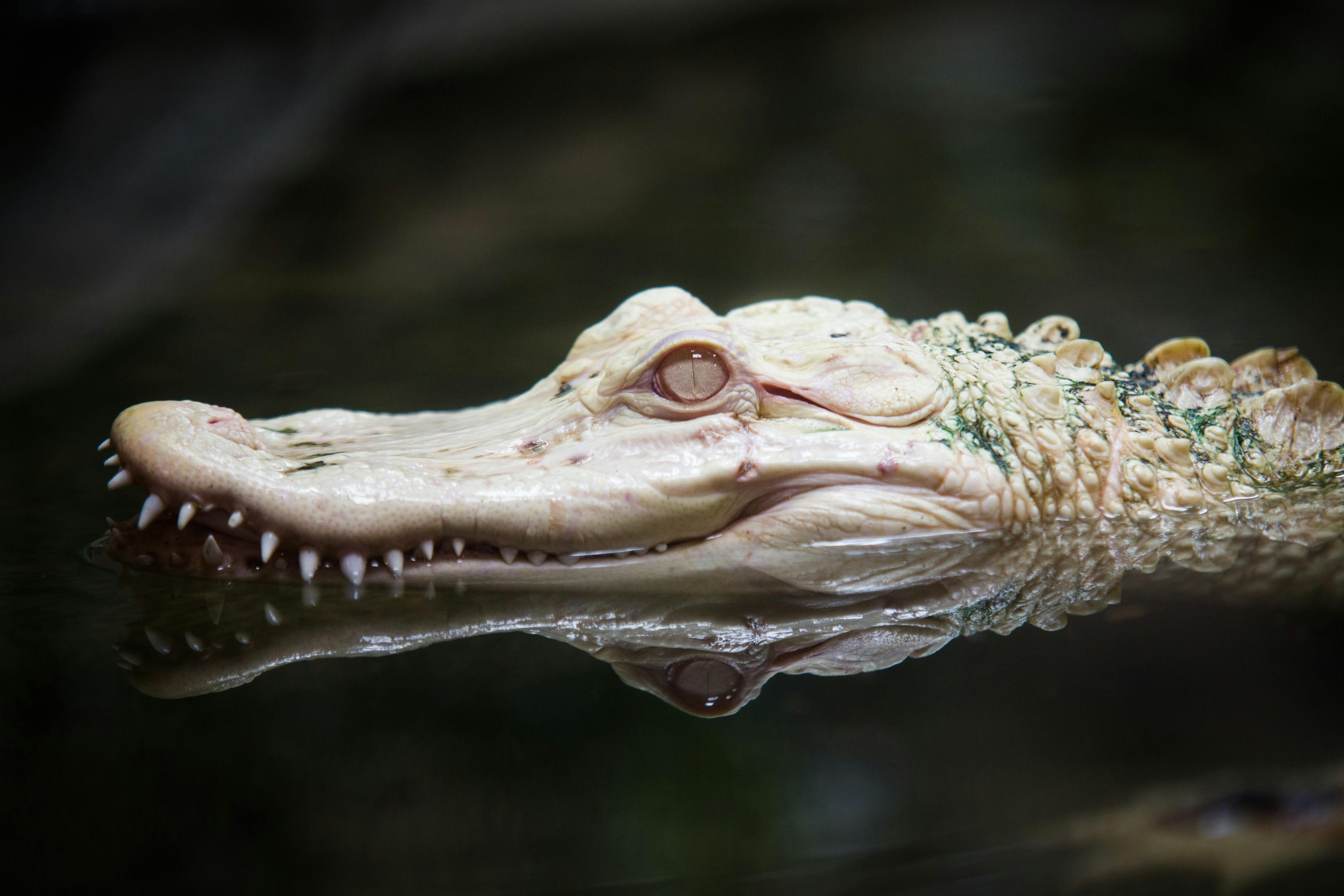Best 5 Ways to Handle Trigger Fish Teeth for Better Fishing in 2025
Fishing enthusiasts and marine biologists alike are fascinated by triggerfish, known for their unique dental structures. Understanding trigger fish teeth, their anatomy, and functionality can enhance fishing experiences and contribute to better fish care practices. Triggerfish are remarkable specimens, showcasing adaptations that allow them to thrive in diverse aquatic ecosystems. With their robust jaws and specialized diets, grasping how to manage their teeth can ensure responsible fishing and healthier habitats. This article reveals the top five techniques to effectively handle trigger fish teeth, aimed at improving both fishing success and the well-being of these marine creatures.
Our exploration will cover key aspects such as fish teeth structure, triggerfish dental care, and their ecological role within marine environments. As you delve deeper, you will uncover practical tips on managing their teeth effectively, ways to enhance the fishing experience, and understanding triggerfish behavior. Get ready to empower your fishing techniques in 2025!
Essential Insights into Triggerfish Tooth Structure
Understanding the trigger fish teeth anatomy lays the groundwork for effective fishing strategies. Triggerfish possess a unique dental morphology, allowing them to feed on various marine organisms. Their teeth are robust and specialized, designed to consume hard-shelled invertebrates and algae that dominate their diets.
Comparison of Triggerfish Dental Anatomy
The jaw mechanics of triggerfish are noteworthy; they exhibit a powerful bite that aids in cracking open shells. This adaptation highlights their role as aquatic herbivores and predators within their ecosystem. By comparing the teeth structures of various triggerfish species, we can gain insight into their feeding habits and dietary adaptations.
Marine Ecosystems: The Role of Teeth Adaptation
In marine ecosystems, the structure of fish teeth is critical. For example, the strong, serrated edges of triggerfish teeth facilitate effective feeding on corals and crustaceans. Understanding these adaptations aids fishers in selecting appropriate bait and implementing successful fishing practices.
Fish Teeth Health: The Impact on Fishing Success
Maintaining healthy fish teeth is essential for the overall well-being of the triggerfish. Fishermen should be mindful of any visible dental abnormalities, as this can affect feeding behaviors and health. Regular observation of fish dentition can provide clues to their fitness and, consequently, fishing success.
Triggerfish Behavior and Feeding Habits
Triggerfish display fascinating feeding behaviors affected by their dental structure. Observing these behaviors, such as their interactions with coral reefs, can enhance one’s fishing strategy. For example, knowing when and how triggerfish forage can inform the timing and type of bait used.
With these insights on the structure and functional importance of triggerfish teeth, we can now transition into practical strategies for managing them effectively during the fishing experience.
Practical Techniques for Handling Triggerfish Teeth
Effectively managing trigger fish teeth during catch and release is vital for both fishing success and the fish’s health. Employing specific techniques ensures that you handle these unique specimens with care, facilitating their successful return to the wild.
Step-by-Step Process for Safe Handling
When catching a triggerfish, it’s essential to approach them with caution. Start by using a suitable rod and reel for their size, and once caught, support the fish by holding it gently but firmly around the body. Avoid placing your fingers near their mouth to prevent injuries to yourself and to minimize stress on the fish.
Top Methods for Dental Care Post-Catch
After catching a triggerfish, inspect the teeth for signs of wear or damage. If possible, gently rinse the mouth with clean seawater to remove any debris. This helps in assessing their dental health and ensures they are able to consume food effectively post-release. Always prioritize practices that minimize the stress on the fish.
Common Mistakes to Avoid
One notable mistake is attempting to grab triggerfish by their jaws, which can lead to injury for both you and the fish. Avoid using excessive force when handling them; instead, work with gentle movements. Also, refrain from placing the fish on uneven surfaces that may harm their delicate teeth.
Maintaining triggerfish as a part of a balanced ecosystem is crucial, and understanding their need for dental care fosters responsible fishing practices. Following these practical techniques will enhance your fishing experiences while ensuring these beautiful creatures remain a vital part of marine life.
Triggerfish Diet Options and Their Implications
As key figures in marine ecosystems, understanding the triggerfish diet is crucial for responsible fishing practices. Their dietary habits directly correlate with their dental structure, showcasing the ecological balance of reef habitats.
Fish Feeding Mechanisms and Behavioral Insights
Triggerfish utilize their strong teeth to feed on a variety of hard-shelled organisms, such as mollusks. Observational studies into their feeding strategies highlight the importance of providing appropriate dietary options in both wild and aquarium settings.
The Importance of Reef Habitat Facts
Reef ecosystems serve as critical habitats for triggerfish. Healthy reefs support a rich variety of marine life, including the invertebrates that triggerfish prey upon. Understanding this connection is vital for anyone interested in marine biology education or reef conservation efforts.
Examples of Well-Known Triggerfish Species
Some well-known triggerfish species include the blue triggerfish and the pinktail triggerfish, each exhibiting unique adaptations in their dental structure. Learning about these variations provides insights into their behavior and environment interactions.
With a comprehensive understanding of triggerfish diets and their implications for marine ecosystems, we can proceed to discuss specific feeding strategies and techniques that enhance fishing efficiency.
Effective Fishing Strategies for Triggerfish in 2025
Successful fishing often relies on employing effective strategies that align with the feeding behaviors and habitats of triggerfish. As 2025 approaches, innovative methods continue to evolve alongside traditional techniques.
Top 3 Bait Options for Triggerfish
Utilizing bait that mimics the natural diet of triggerfish can significantly increase your chances of success. Options such as live shrimp, mollusks, or cut squid are effective choices that resonate with their feeding habits. Always adapt bait selection based on local availability and environmental conditions.
Choosing Ideal Fishing Locations
Identifying suitable fishing spots where triggerfish are known to congregate enhances the fishing experience. Rocky reefs and coral areas are often prime habitats for these fish, making them ideal targets for anglers in pursuit of larger catches.
Tips for Managing Hooking and Release
When angled, proper technique is paramount for a successful catch-and-release. Using circle hooks aids in preventing damage to the fish’s jaw or teeth. Furthermore, keeping the fish in the water while unhooking minimizes stress and enhances survival rates post-catch.
As our discussion on effective strategies concludes, it’s evident that understanding the intricacies of triggerfish and their interactions within marine ecosystems significantly influences fishing success.
Common Questions About Triggerfish Teeth
What Makes Triggerfish Teeth Unique?
Triggerfish teeth are particularly strong and well-suited for their diets of hard-shelled organisms. Their dental structure is specifically adapted to break down tough materials, which is why they are commonly found in coral reef environments.
How Should One Care for Triggerfish Teeth?
For aquarists, ensuring that triggerfish teeth remain healthy requires providing a balanced diet supplemented with hard materials. Incorporating snails or other tough-shelled foods mimics their natural feeding habits, promoting dental health.
What Are the Implications of Damaged Fish Teeth?
Damaged teeth can significantly affect a triggerfish’s ability to consume food and maintain its health. Understanding the signs of dental wear is crucial for fisheries management and maintaining healthy populations in the wild.
By addressing these common inquiries, we gain deeper insights into triggerfish dental care and their ecological importance.
Conclusion: Enhancing Fishing Practices with Knowledge of Triggerfish Teeth
In conclusion, mastering the handling of trigger fish teeth is integral to successful fishing and responsible marine practice. By understanding their dental anatomy and adopting effective handling and fishing techniques, you can promote healthier environments while enhancing your fishing experiences. Knowledge empowers us to safeguard marine ecosystems, ensuring the longevity of triggerfish populations for future generations. For further exploration of well-known triggerfish species and their habitats, visit here, and for more on their behavior and conservation, click here.


